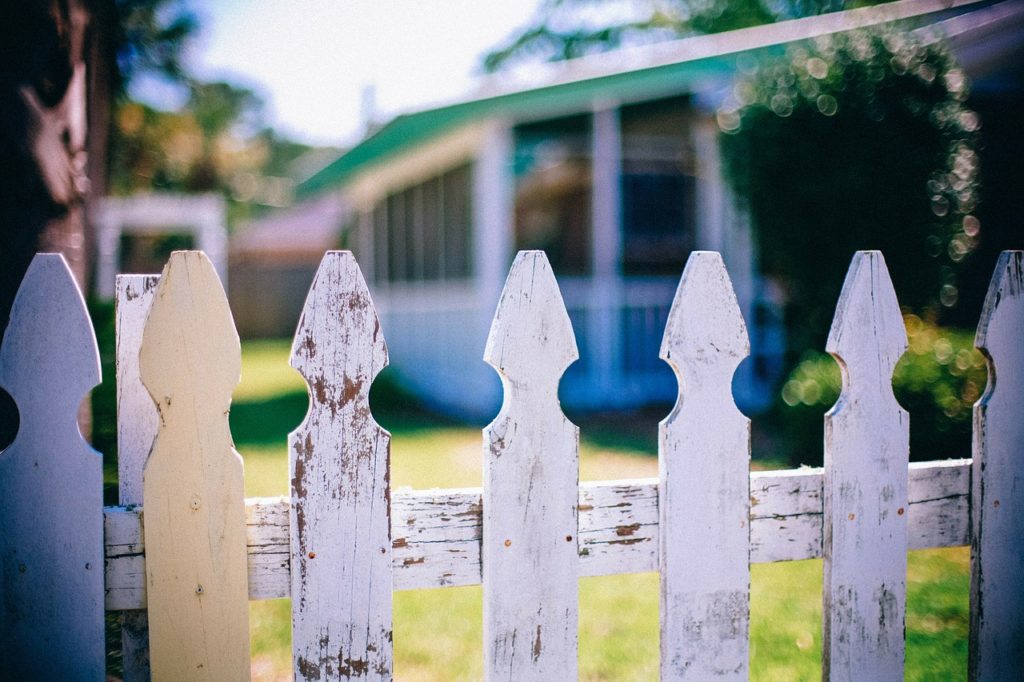Dr. Thomas Cornwell has conducted more than 32,000 house calls over his time in the health care field. He began seeing patients at home more than 20 years ago, even developing x-rays in the driveways of his patients, where he visited them for primary care at home.
And to Cornwell, doing that many visits doesn’t strike him as unusual. It’s the way medicine, particularly primary care services, used to be done in America, he said during a discussion on in-home care at the Alzheimer’s Association Symposium in Illinois in November.
In 1930, 40% of health care was done at home. By 1960, that figure had dropped to 10%, and in 1980, it was less than 1% of care. While home health care reaches millions of patients per year, Cornwell is on a mission to drive savings, work in tangent with home health nurses and bring primary care options back to the home setting.
Primary care spreading
Cornwell is the CEO of the Home Centered Care Institute (HCCI), a not-for-profit organization that aims to expand house call practices throughout the country, and founder of Northwestern Medicine HomeCare Physicians. A practicing physician for more than 30 years, Cornwell is currently working on home-based primary care training initiatives to develop house call practices at different institutional systems in the U.S.
With a multimillion dollar grant, home-based primary care trainings are taking place this year and in 2018 at eight Centers of Excellence (COEs) by COE faculty.
The COEs include the Cleveland Clinic in Cleveland, Ohio; Medstar House Call Program in Washington, D.C.; Icahn School of Medicine at Mount Sinai in New York City; Northwestern University Feinberg School of Medicine in Chicago; Truman Schnabel House Calls Program/University of Pennsylvania in Philadelphia; University of Arizona Center on Aging within the College of Medicine in Tucson, Arizona; University of Arkansas for Medical Sciences in Fayetteville, Arkansas; and University of California San Francisco.
“[There is] truly remarkable quality care in the home,” Cornwell said during the presentation, noting that some physicians have questioned how primary care can be conducted in the home.
Some have even told Cornwell he is “begging for a lawsuit” by performing health care in home settings. However, Cornwell notes that addressing the health care needs of just a certain population of Medicare patients, even treating them at home, can have a huge impact.
For example, just 5% of the Medicare population consumes about 50% of the total spending, he said. In addition, 1% of the Medicare population consume 23% of all Medicare costs—and these are patients typically with five or more chronic diseases, who also have some functional impairment. Providing primary care at home can likely reduce the exorbitant spending among this group by reducing hospitalizations and adding chronic care and preventive treatment.
Future benefit
Cornwell has his sights set far beyond training initiatives with institutions. He hopes that home-based primary care will become a Medicare benefit one day, rather than being conducted on a one-off basis through grants and demonstrations.
There is roughly one new Medicare benefit created about every decade—coincidentally, and home-based primary could be next, Cornwell said.
Indeed, there is hope for home-based primary care to become permanent. The Independence at Home Demonstration from the Centers for Medicare & Medicaid Services (CMS) works with medical practices to test primary care for seniors at home, and to evaluate whether Medicare beneficiaries with multiple chronic conditions receive better care. So far, the demonstration, which originated in 2012, is a money-saver, according to reports from CMS.
The demonstration was extended beyond in its initial run, and a bill in Congress aims to make it permanent. The bill has yet to be voted on.
Written by Amy Baxter




